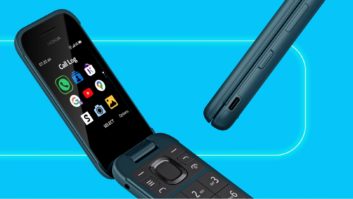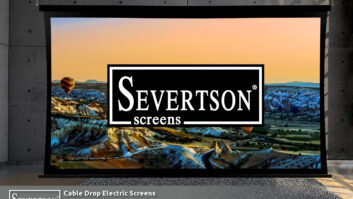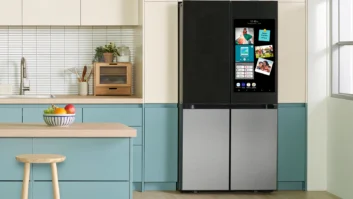The MP3 player market turned upside down in 2006, and you can expect more of the same in 2007.
During the first 10 months of 2006, memory-packed flash-memory players outsold hard-disk-drive models in units and dollars at retail in a dramatic flip-flop from the year-ago period, NPD statistics show (see table). Also in 2006, Microsoft launched its own closed authorized-download system to compete with Apple’s closed iTunes system, and Real Networks teamed with SanDisk to offer headphone portables optimized for the Rhapsody subscription-download site.
Real promoted its initiative as delivering the download-to-device interoperability that Microsoft’s PlaysForSure platform promised but didn’t deliver. Real also hopes to entice other MP3 player brands to adopt its DNA technology so that it can offer a “closed-world” level of end-to-end integration without locking consumers into buying one particular brand of MP3 player.
Major record labels, meantime, sold a handful of songs in the unprotected MP3 format, largely to promote the song’s albums.
In the portable media player (PMP) niche, sources of authorized video content began to multiply, with Guba and Amazon launching protected downloads of movies and TV shows that can be transferred to portable
media players and video-playing MP3 players. Wal-Mart also offered its first authorized movie download of the latest Superman movie as a precursor to offering a beta version of a video downloads service in the coming months, a spokesman said. Superman is transferable to PMPs in the WMV format.
In 2007, suppliers expect falling prices, growing capacity, more products with photo and video playback, and continued promotion by Apple for the iPod and Microsoft for the Zune to continue driving sales of MP3 and PMP players.
Suppliers will also expand their selections of flash-memory models and, in at least the case of RCA, drop music-oriented HDD models altogether while reserving the HDDs for use in video-optimized PMPs. Coby, however, still sees a role for music-focused HDD models using 1-inch 4GB and 8GB microdrives. These products will retail for anywhere from 25 percent to 40 percent less than their flash counterparts, the company said.
Despite the product advances, some suppliers and Jupiter Research forecast slower growth rates in 2007 as music-playing cellphones continue to expand their capacity, which in late 2006 hit 1GB with a new Sanyo cellphone.
Some suppliers also contend that the MP3 player market has matured. “We anticipate the industry will flatten out, and there will be some saturation,” said RCA audio/video VP Dwight Sakuma. “The basic consumer who wants an MP3 player probably owns a player. We believe that most iPod sales are now replacement or additional sales, so the real question is this: ‘What’s it going to take to get the next demographic to purchase?’ The answer is simplicity, affordability and new functionality to attract more consumers.”
RCA estimates that about two-thirds of households don’t have an MP3 player and that “some people will never manage their music on computer,” he added. As a result, he said, RCA offers bookshelf audio systems that rip from CD to MP3 player and affordable MP3 players.
MP3 Player Sales At Retail
(Flash memory vs. HDD Jan.-Oct. 2006)













